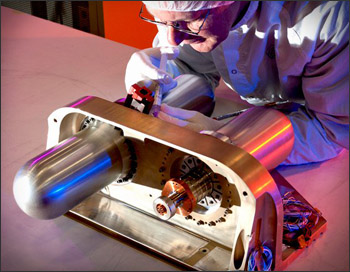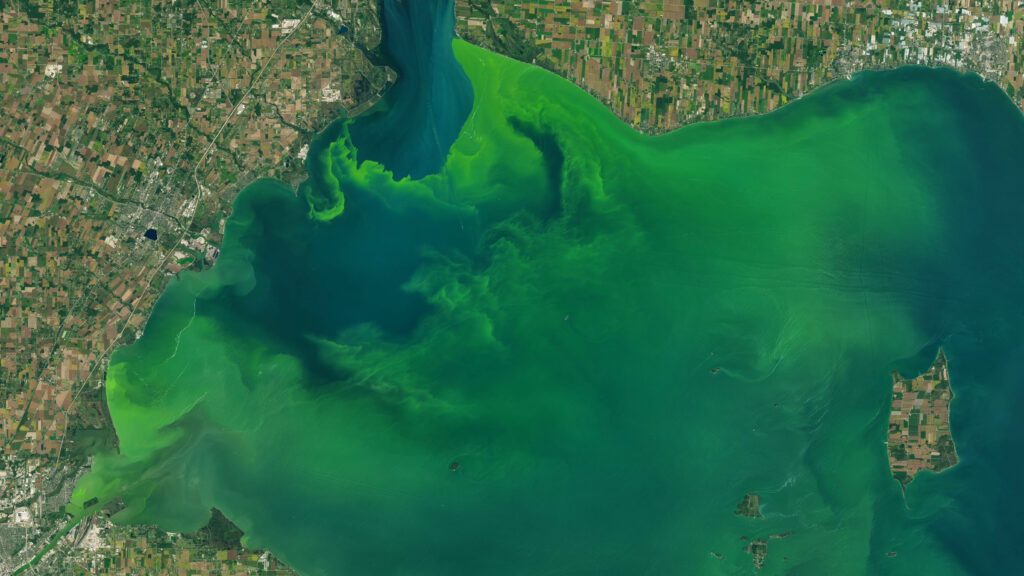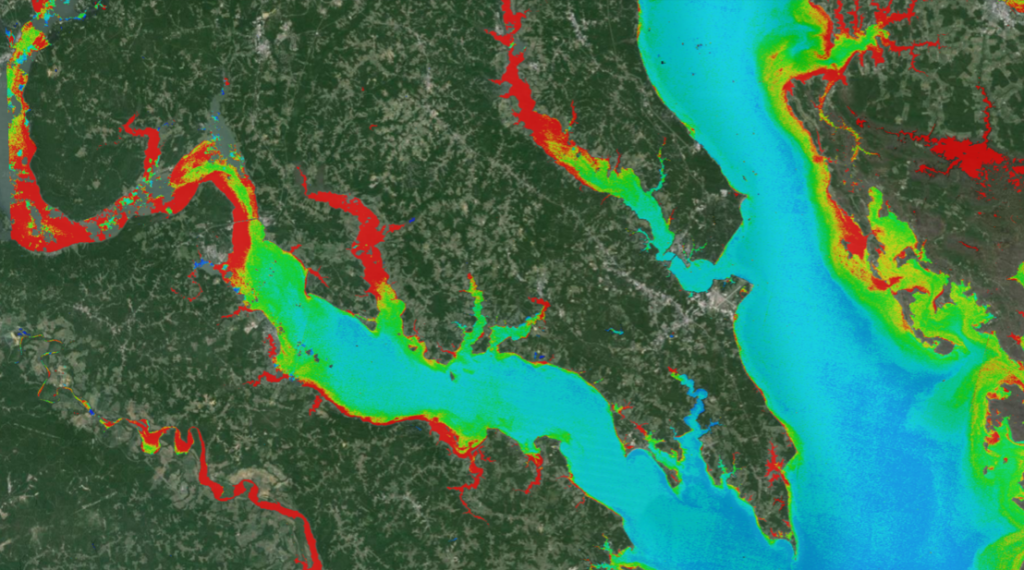Special Topics: LDCM and LDCM Components

The Cryocooler is like a big refrigerator, except that it cools to cryogenic temperatures (below −150°C, −238°F or 123K). It is responsible for cooling our detectors to 43K (-382F). This is very cold and the temperature at which we must maintain our detectors in order to get optimal thermal data. It was built by Ball Aerospace in Boulder, CO and will be the first of its kind to fly. It is a very complicated mechanical system that uses a compressor and displacer to provide its cooling.

Be Part of What’s Next: Emerging Applications of Landsat at AGU24
Anyone making innovative use of Landsat data to meet societal needs today and during coming decades is encouraged to submit and abstract for the upcoming “Emerging Science Applications of Landsat” session at AGU24.





